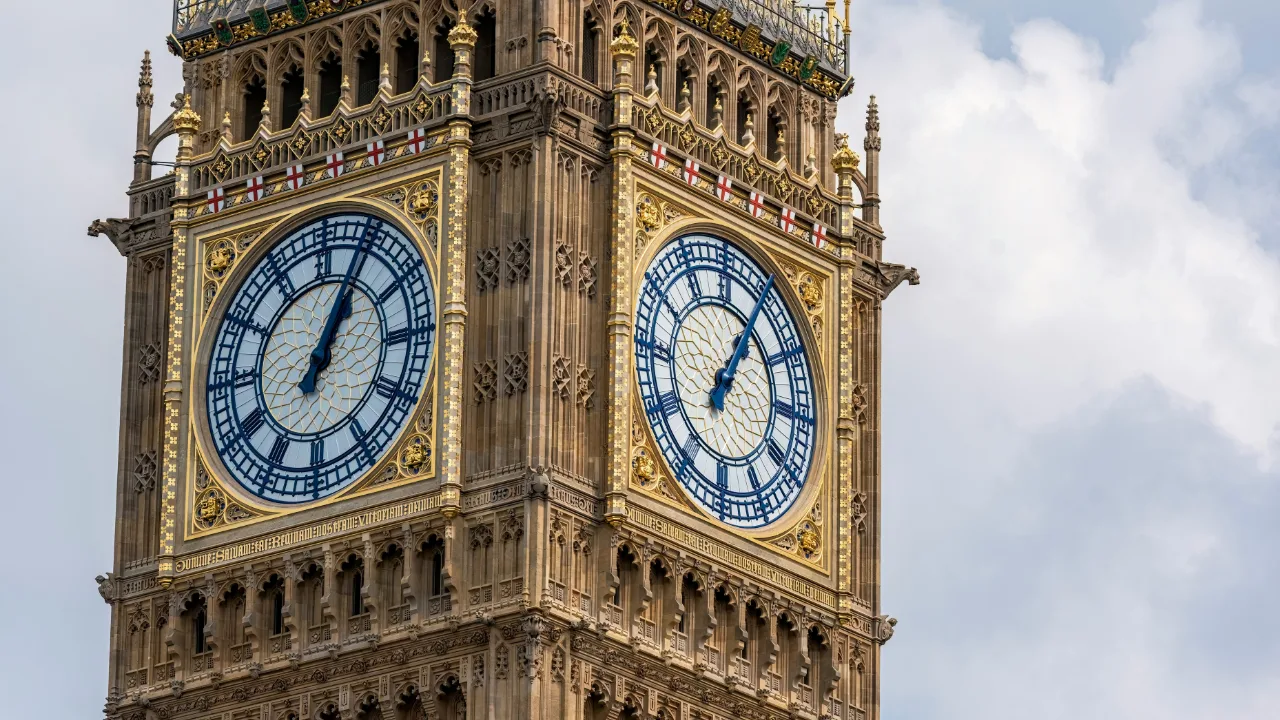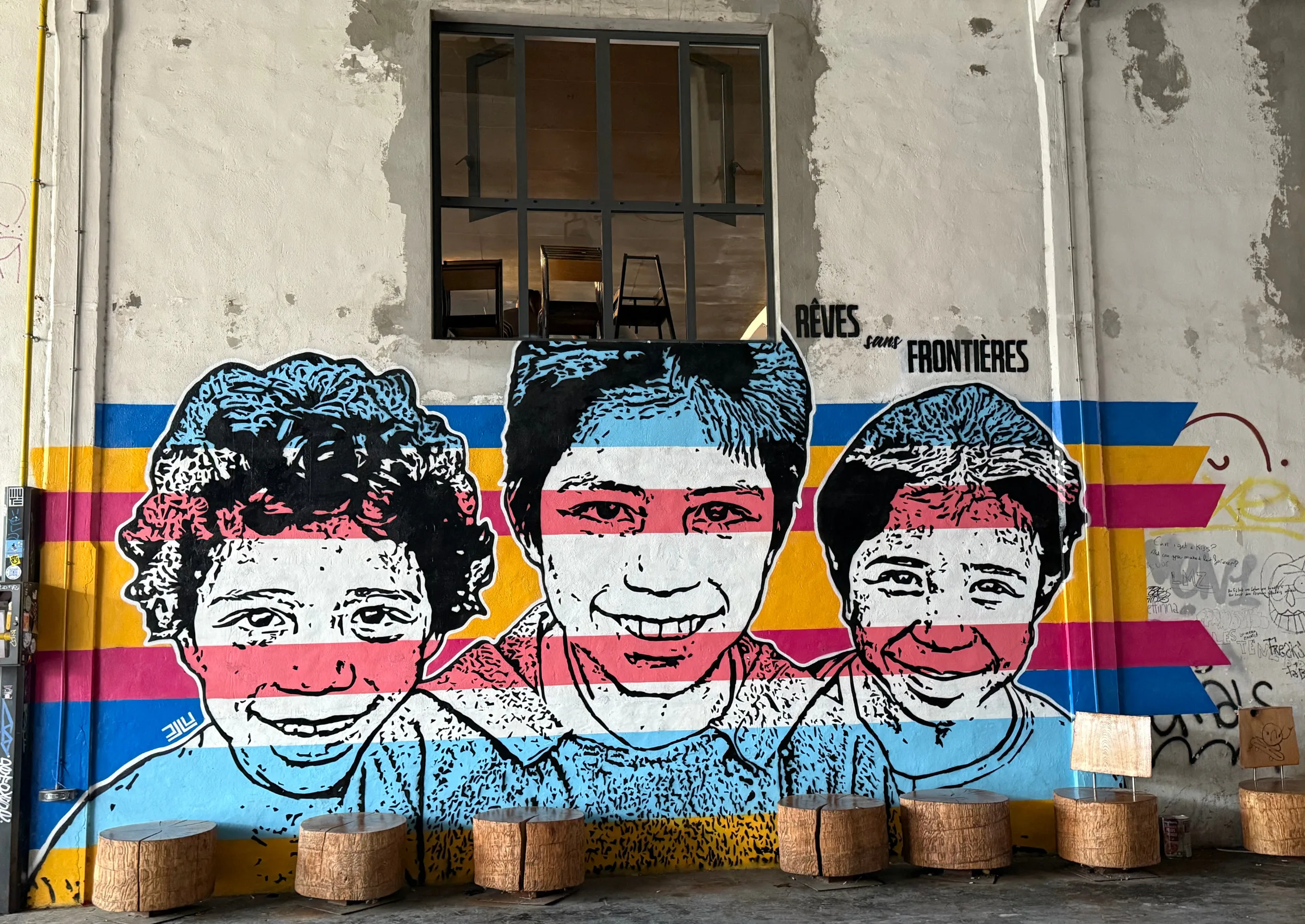Inequality is currently a key concern for academics, policymakers, and the public. In the UK we can see this play out in debates over things like care costs, taxes, and social security. The creative industries are no stranger to these issues. Last week the AHRC-funded PEC launched new research, and new policy recommendations, on social mobility in the creative industries. In the research we show that, within key creative occupations, there is a longstanding absence of those from working class origins.
The reasons for these inequalities are complex, and to address them requires comprehensive interventions. As a result, the report recommends a 10 point, 10 year, strategy. Within the research we highlight how inequalities associated with class, such as the dominance of middle class backgrounds in occupations like journalists, artists, and authors, intersect with other demographic characteristics of race, gender, and disability. Examples of these intersections include the lower odds of getting a creative career for those who are disabled and from working class origins, or women from working class origins, as compared to their able-bodied, middle class origin male counterparts.
These inequalities point to a broader set of issues confronting the creative economy. Creative labour markets are tough for everyone irrespective of their demographic characteristics. What is clear from decades of academic research is that those who do not fit a quite narrowly defined ‘norm’ of the white, middle class origin, able bodied, man are likely to face higher barriers to entry and to career advancement. Creative industries are neither diverse, nor equal, nor inclusive.
Just as academic research, including PEC’s recent work, has sought to understand the mechanisms explaining the inequalities in workforce statistics, creative industry organisations, policymakers, and campaigners have sought change. It is important to recognise and celebrate these interventions. They include frameworks for gathering data, ideas for legislative support, and broader approaches to transform the sector through anti-racist campaigning, provisions for supporting parents and careers, or making labour markets more responsive to the needs of freelancers.
Despite the importance of this work, creative industry practitioners and policy makers often come back to the same question. They ask what they, and their organisation, should do to address the lack of diversity, as demonstrated by campaigners and researchers, within their workforce and their commissions. Answering this question has proved difficult, as, until recently, there had not been a systematic look at ‘what works’ to support diversity in the creative economy.
Since 2019 the PEC has been working with the All Party Parliamentary Group (APPG) for Creative Diversity, looking at ‘what works’ for creative diversity. Alongside researchers from King’s College London, and the APPG’s staff and its members, PEC has been offering research expertise, drawing on its knowledge of both the key parts of the academic literature and from its network of industry experts.
Two elements of the partnership were especially crucial. Evidence is central to the PEC’s mission, but the research team confronted a question where there was little evidence that was specific to the creative industries. For sure, there were examples of great interventions, innovative approaches, and individual success stories. Yet systematic evidence of effective practice, along with insights into the limitations of approaches assumed to be right, was much more common in literature for medicine, business and management, and science and technology.
The second was networks. Networks were crucial to the APPG’s activities in engaging the creative sector to ask for current examples of effective practice. At the same time, networks were important to get a sense of the state of current debates and discourses about diversity. Perhaps most importantly, networks allowed individual voices to come to the fore during evidence sessions, making clear the continuing need for effective practice in the face of continuing discrimination.
The APPG’s Creative Majority report, published this week, distils the lessons from the research literature and the evidence roundtables into five elements- ambition, allyship, accessibility, adaptability and accountability. In turn, these elements correspond to 27 policy recommendations. These range from the need for more awareness of employers’ statutory duties under the Equality Act, through better data collection and systems of accountability, to programmes of financial support for grassroots organisations. Recognising the complex nature of a systemic review of workplace evidence, Creative Majority also offers guidance on the limits of approaches that are currently seen as being a single solution to lack of diversity, such as the use of unconscious bias training decoupled from systemic organisational change.
When PEC was founded in 2018, part of the rationale for the AHRC’s investment was to connect researchers, industry, and policy makers. The APPG is perhaps one of the very best examples of this approach. It is also an excellent example of the value of research that draws together academic expertise and knowledge of the existing literature with the creative sector’s desire for evidence-led effective practice.
The APPG report stresses that it is not the end of the conversation on ‘what works’ for diversity. It is also a challenge to policymakers, organisations, and individual creatives who might have been keen on the rhetoric but less committed in terms of practical change. Part of this challenge is for academics too, in terms of engaging with sector and policy concerns; accessing new data; and employing new approaches and insights drawn from outside their usual fields and disciplines. Just as the APPG hopes that the report influences future policy and practice, the model of shared working can be one that influences existing and new projects in creative economy research.
Image by Jr Korpa
Related Blogs
What UK Job Postings Reveal About the Changing Demand for Creativity Skills in the Age of Generative AI
The emergence of AI promises faster economic growth, but also raises concerns about labour market di…
Creative PEC’s digest of the 2025 Autumn Budget
Creative PEC's Policy Unit digests the Government’s 2025 Budget and its impact on the UK’s creative …
Why do freelancers fall through the gaps?
Why are freelancers in the Performing Arts consistently overlooked, unseen, and unheard?
Insights from the Labour Party Conference 2025
Creative PEC Policy Adviser Emily Hopkins attended the Labour Party Conference in September 2025.
Association of South-East Asian Nations’ long-term view of the creative economy
John Newbigin examines the ASEAN approach to sustainability and the creative economy.
Take our Audience Survey
Take our quick survey and you might win a National Art Pass.
Culture, community resilience and climate change: becoming custodians of our planet
Reflecting on the relationship between climate change, cultural expressions and island states.
Cultural Industries at the Crossroads of Tourism and Development in the Maldives
Eduardo Saravia explores the significant opportunities – and risks – of relying on tourism.
When Data Hurts: What the Arts Can Learn from the BLS Firing
Douglas Noonan and Joanna Woronkowicz discuss the dangers of dismissing or discarding data that does…
Rewriting the Logic: Designing Responsible AI for the Creative Sector
As AI reshapes how culture is made and shared, Ve Dewey asks: Who gets to create? Whose voices are e…
Reflections from Creative Industries 2025: The Road to Sustainability
How can the creative industries drive meaningful environmental sustainability?
Creating value: the creative economy beyond culture by Marta Foresti
Marta Foresti explains the value of international cooperation as she becomes Chair of the GCEC.












